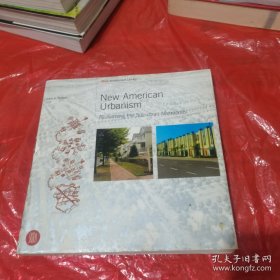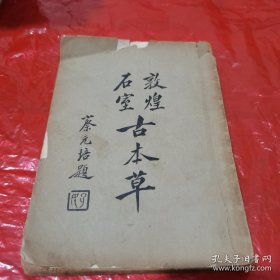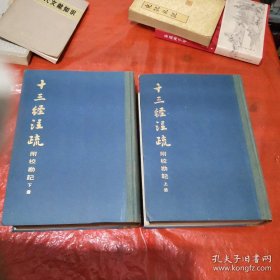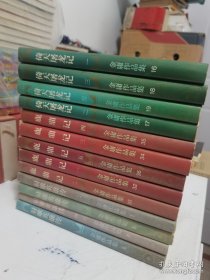
New American Urbanism
¥ 170 6.0折 ¥ 281.4 九品
仅1件
福建泉州
认证卖家担保交易快速发货售后保障
作者John A. Dutton 著
出版社Random House Inc
出版时间2001-02
装帧其他
上书时间2024-02-29
- 在售商品 暂无
- 平均发货时间 21小时
- 好评率 暂无
- 店主推荐
- 最新上架
商品详情
- 品相描述:九品
图书标准信息
- 作者 John A. Dutton 著
- 出版社 Random House Inc
- 出版时间 2001-02
- ISBN 9788881187416
- 定价 281.40元
- 装帧 其他
- 页数 223页
- 正文语种 英语
- 丛书 Skira Architecture Library
- 【内容简介】
-
Over the past few decades, many American architects have reclaimed urban and suburban land development as an important, contemporary architectural issue. This renewed interest in "town planning" focuses on the relationships between buildings and open spaces that form urban patterns. These architects argue that a range of appropriate urban patterns organized into neighborhoods can best meet the physical and social needs of residents and restore a sense of community. Architecture and urbanism, in this view, are instrumental agents of social change and reform.
The projects in this book demonstrate their attempts to restructure urban growth into cohesive designs that balance buildings, open space, infrastructure, landscape, and transportation. In place of the piecemeal advance of placeless, car-dominated suburban sprawl, they envision dense, mixed-use neighborhoods with walkable streets, and connections to transit. The work ranges from entire new towns to urban infill. Many of the architects practicing these ideas have formed a movement called the Congress for New Urbanism (CNU), which most clearly and effectively has articulated this alternative vision.
This book is about particular tendencies, however, and not ownership of ideas. Although the Congress for New Urbanism presents its position in the proprietary form of a charter, its vision is representative of much broader strains of architectural ideology, and continues a twentieth-century search to find ways to address the problems of the modern city. New Urbanism is merely the latest movement to seek alternative forms to reshape society. In this way, it can be seen as a continuation of modernism, not its antithesis.
Although much has been written recently about the American revival of town-planning in general, and the New Urbanism in particular, much of the writing consists of either partisan claims of New Urbanism's ability to rebuild American community or facile dismissals of the movement as nostalgia-peddling suburbanism. This book presents readers a chance to judge the ideas and work for themselves, and to participate in the debate over alternative forms of the contemporary city.Over the past few decades, many American architects have reclaimed urban and suburban land development as an important, contemporary architectural issue. This renewed interest in "town planning" focuses on the relationships between buildings and open spaces that form urban patterns. These architects argue that a range of appropriate urban patterns organized into neighborhoods can best meet the physical and social needs of residents and restore a sense of community. Architecture and urbanism, in this view, are instrumental agents of social change and reform.
The projects in this book demonstrate their attempts to restructure urban growth into cohesive designs that balance buildings, open space, infrastructure, landscape, and transportation. In place of the piecemeal advance of placeless, car-dominated suburban sprawl, they envision dense, mixed-use neighborhoods with walkable streets, and connections to transit. The work ranges from entire new towns to urban infill. Many of the architects practicing these ideas have formed a movement called the Congress for New Urbanism (CNU), which most clearly and effectively has articulated this alternative vision.
This book is about particular tendencies, however, and not ownership of ideas. Although the Congress for New Urbanism presents its position in the proprietary form of a charter, its vision is representative of much broader strains of architectural ideology, and continues a twentieth-century search to find ways to address the problems of the modern city. New Urbanism is merely the latest movement to seek alternative forms to reshape society. In this way, it can be seen as a continuation of modernism, not its antithesis.
Although much has been written recently about the American revival of town-planning in general, and the New Urbanism in particular, much of the writing consists of either partisan claims of New Urbanism's ability to rebuild American community or facile dismissals of the movement as nostalgia-peddling suburbanism. This book presents readers a chance to judge the ideas and work for themselves, and to participate in the debate over alternative forms of the contemporary city.
点击展开
点击收起
— 没有更多了 —
























以下为对购买帮助不大的评价